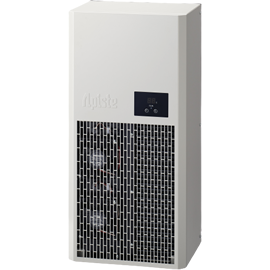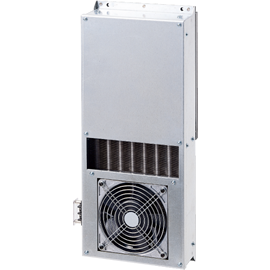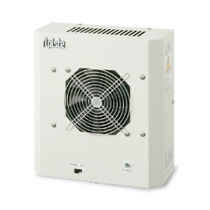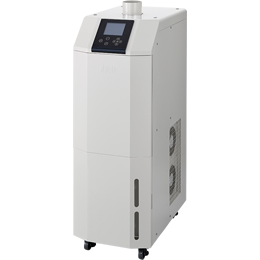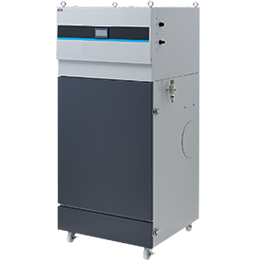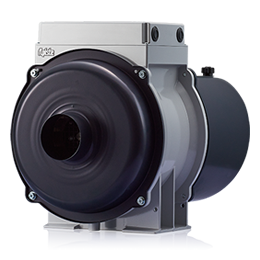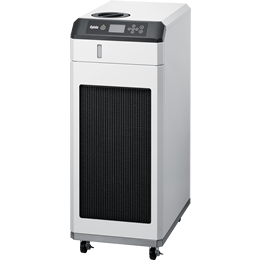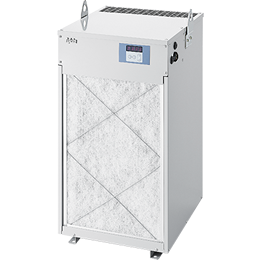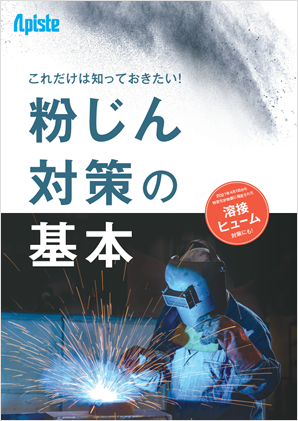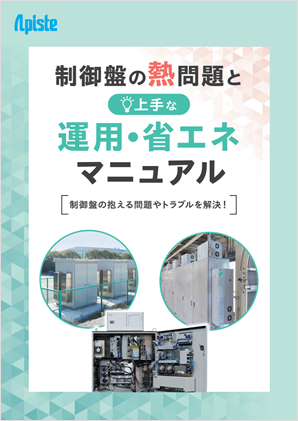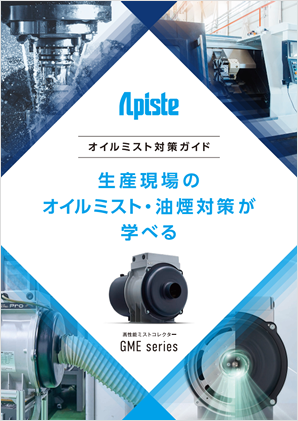Technical Information
1-2. Dust suppression methods
Reduces dust generation
Here we will introduce measures to be taken to reduce dust generation from three perspectives.
① Review work methods and raw materials
The most effective way to prevent workers from being exposed to dust is to change work methods or automate or remotely operate processes, creating environment where workers do not have to be directly involved in the work. For example, in welding work, switching from manual welding to remotely operated automatic welding can reduce the inhalation of dust (welding fumes). Also, during processing, blowing away dust that has adhered to parts and machinery with high-pressure water instead of compressed air can reduce the dispersion of dust and reduce the impact on workers.
Another effective measure is to review the raw materials. For example, if powdered raw materials are used, using particles with as large a particle size as possible will help reduce dust generation.
② Seal the source
Dust dispersion can be reduced by sealing the dust-generating sources of machinery and equipment. Further effects can be expected by installing local exhaust devices such as dust collector collectors at the raw material inlet and product outlet.
3) Prevent scattering by watering
Sprinkling water or spraying is a way to prevent dust from flying around. This is the same idea as sprinkling water on a dusty road or garden to prevent the dust from flying around. You can also prevent dust from flying around by spraying anti-dust agents.
Remove dust
The basis of dust control is to address the source of dust. As mentioned in 02-1, "sealing" is a desirable measure to avoid contact with people, but sealing can be difficult depending on the work method.
Therefore, we will introduce two methods here for the fundamental measure of removing generated dust (dust removal).
① Remove at the source - Local exhaust ventilation system
A local exhaust ventilation system is a device that is installed at the source of dust in a workplace where dust is dispersed. It uses a hood attached to the source of the dust to locally suck in high-concentration air containing dust before the dust spreads throughout the workplace, purifying the air and discharging it into the atmosphere. As shown in the diagram on the right, a local exhaust ventilation system consists of a hood, suction duct, dust removal device, fan (exhaust fan), exhaust duct, and exhaust port.
Hoods are installed around the dust source or close to the source, and are suction ports that allow dust-containing air to flow into the duct. There are enclosed and external types. The type must be determined taking into account the dust generation conditions, scattering direction, and work constraints.
Ducts are pipes that transport dust-laden air that flows in from the hood toward the exhaust port. There is an intake duct from the hood to the fan and an exhaust duct from the fan to the exhaust port.
A dust removal system is a cleaning device that removes dust from dust-containing air before it is released into the outside air.
The fan, also known as an exhaust fan, is the power source that expels the air that flows in through the hood through ducts and dust removal equipment and out into the atmosphere through the exhaust port.
Image of local exhaust ventilation system installation

Types of hoods and suction images

② Remove with airflow - Push-pull type ventilation system
A device that creates an air flow by "pushing" and "pulling" within the work space, captures dust generated from the source with that air flow, and discharges it in a specific direction is called a "push-pull type ventilation system."
Image of a push-pull ventilation system

Reduce dust concentration
To reduce dust concentrations in indoor workplaces, it is common to use general ventilation, which involves bringing in fresh air from outside and replacing the air in the entire building where work is being done.
There are two types of total ventilation: dilution ventilation and displacement ventilation. Dilution ventilation is a method of bringing the average concentration throughout the workplace below the controlled concentration (or permissible concentration) by introducing fresh outside air into the contaminated air and mixing and diluting it, and then discharging it directly into the atmosphere. In contrast, displacement ventilation is a method of pushing out the indoor air containing harmful substances from one side with fresh air and discharging it outside.
The most fundamental measure against dust is to use local exhaust ventilation systems to address the source of dust. However, in cases where it is difficult to install local exhaust ventilation systems, such as when there are many unspecified sources or the sources are mobile, it is necessary to combine general ventilation with the wearing of effective respiratory protection equipment.
Image of overall ventilation

Previous item: 1-1. Dust and health problems
Next item: 1-3. How to manage dusty work
People who viewed this page also checked out these documents:
Inquiry
For product inquiries, quote requests, etc.
Please feel free to contact us.


